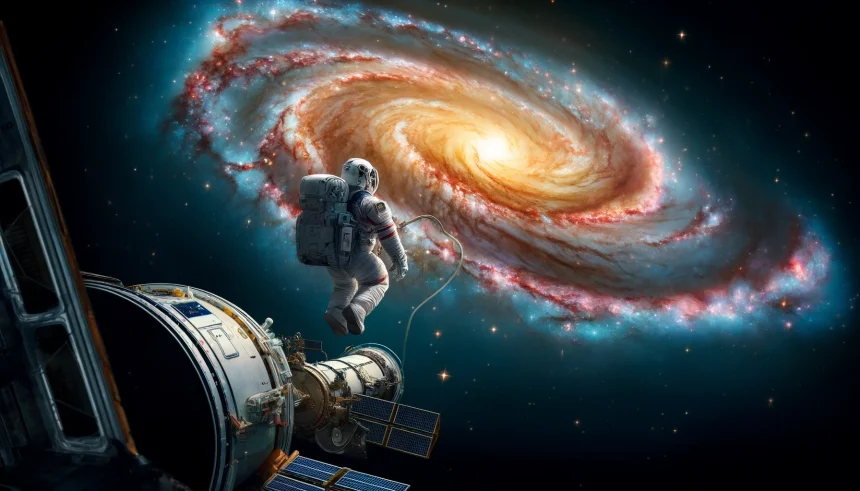The cosmic panorama continually evolves as astronomers uncover new layers of the universe’s vast structure. Recent studies suggest that our galaxy, the Milky Way, might be part of an even grandiose structure than previously known. This revelation could reshape our understanding of our place in the cosmos, offering deeper insights into the gravitational dynamics that govern galaxy movements.
Past observations primarily identified the Milky Way as a member of the Laniakea Supercluster. However, newer data from deep sky surveys indicate that Laniakea itself may be nested within a more extensive cosmic structure known as the Shapley Concentration. This potential expansion challenges existing cosmological models and highlights the need for more comprehensive mapping of the universe’s large-scale structures.
What Defines the Shapley Concentration?
The Shapley Concentration is described by astronomers as a “basin of attraction,” a region with a high mass concentration that influences surrounding galaxies through gravitational forces.
“Our universe is like a giant web, with galaxies lying along filaments and clustering at nodes where gravitational forces pull them together,”
explained R. Brent Tully of the University of Hawai’i. This supercluster, containing numerous galaxy clusters and dark matter, represents one of the most substantial mass concentrations in the local universe.
How Does This Compare to Previous Findings?
Earlier studies focused on the Laniakea Supercluster, which spans approximately 500 million light-years. The CosmicFlows team’s recent surveys, encompassing the motion of around 56,000 galaxies, suggest that the Shapley Concentration could extend the known structure to ten times its volume. This places Shapley at nearly half the size of the Great Wall, a massive galaxy filament stretching 1.4 billion light-years, underscoring its significance in cosmic anatomy.
What Are the Implications for Cosmic Mapping?
Mapping these vast basins of attraction requires precise measurements of galaxy velocities and masses.
“This discovery presents a challenge: our cosmic surveys may not yet be large enough to map the full extent of these immense basins,”
stated Ehsan Kourkchi, a UH astronomer. Understanding the Shapley Concentration’s influence on galaxy motion could enhance models of the universe’s structure, accounting for both visible and dark matter distributions more accurately.
The ongoing research by the CosmicFlows team aims to refine three-dimensional mappings of these regions, providing clearer insights into the distribution and behavior of matter on a cosmic scale. By distinguishing the unique gravitational influences of each basin, scientists can better comprehend the complex interplay that shapes our universe.
Accurate cosmic maps are essential for advancing our knowledge of the universe’s formation and evolution. The potential inclusion of the Shapley Concentration in these maps not only broadens the scope of our cosmic neighborhood but also offers a more detailed framework for studying galaxy interactions and movements within larger structures.
The identification of the Shapley Concentration as a major attractor emphasizes the intricate and expansive nature of cosmic structures. Future surveys and advanced mapping techniques will likely continue to reveal the universe’s hidden complexities, providing a more comprehensive picture of the forces at play in shaping galactic formations.
Enhanced mapping efforts will be crucial in resolving existing gaps in our cosmic models. By integrating the Shapley Concentration into the broader framework of the universe’s structure, astronomers can achieve a more nuanced understanding of mass distribution and gravitational influences, ultimately refining our place within the vast cosmic landscape.










